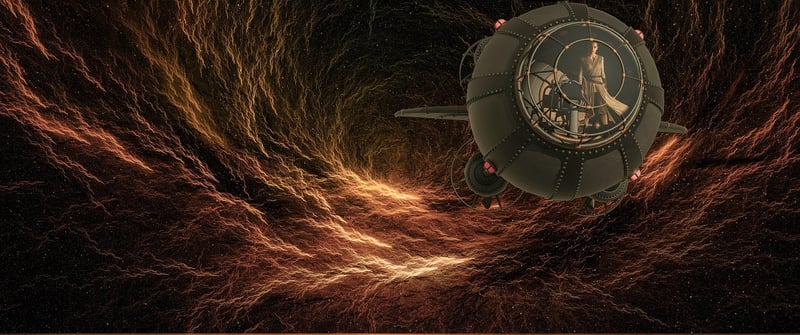Wormhole Travel
The Science Behind Time Travel and Wormhole Travel
Time travel has long been a fascinating topic in science fiction, but is it actually possible according to the laws of physics? Let's delve into the science behind time travel and explore the concept of wormholes.
Time Travel
According to Albert Einstein's theory of relativity, time is intertwined with space in what is known as spacetime. This theory suggests that time travel could be possible under certain conditions, such as traveling at the speed of light or near a massive gravitational field.
One of the most famous thought experiments related to time travel is the Twin Paradox, which explores the idea of one twin traveling at the speed of light while the other remains on Earth. The traveling twin would experience time dilation, aging slower than the twin on Earth, effectively "time traveling" into the future.
Wormhole Travel
Wormholes are theoretical passages through spacetime that could create shortcuts for long journeys across the universe. These hypothetical tunnels could connect two distant points in space and time, potentially allowing for faster-than-light travel.
While wormholes remain a speculative concept, they have been explored in physics and mathematics. Scientists have theorized that if traversable wormholes exist, they could serve as portals for both time travel and interstellar travel.
The Alcubierre Drive
Another intriguing concept related to faster-than-light travel is the Alcubierre Drive. Proposed by physicist Miguel Alcubierre, this theoretical warp drive would contract spacetime in front of a spacecraft and expand it behind, effectively allowing the ship to "surf" through spacetime at superluminal speeds.
Conclusion
While time travel and wormhole travel remain speculative and theoretical at present, they continue to capture the imagination of scientists and science fiction enthusiasts alike. The exploration of these concepts pushes the boundaries of our understanding of the universe and what may be possible in the future.


